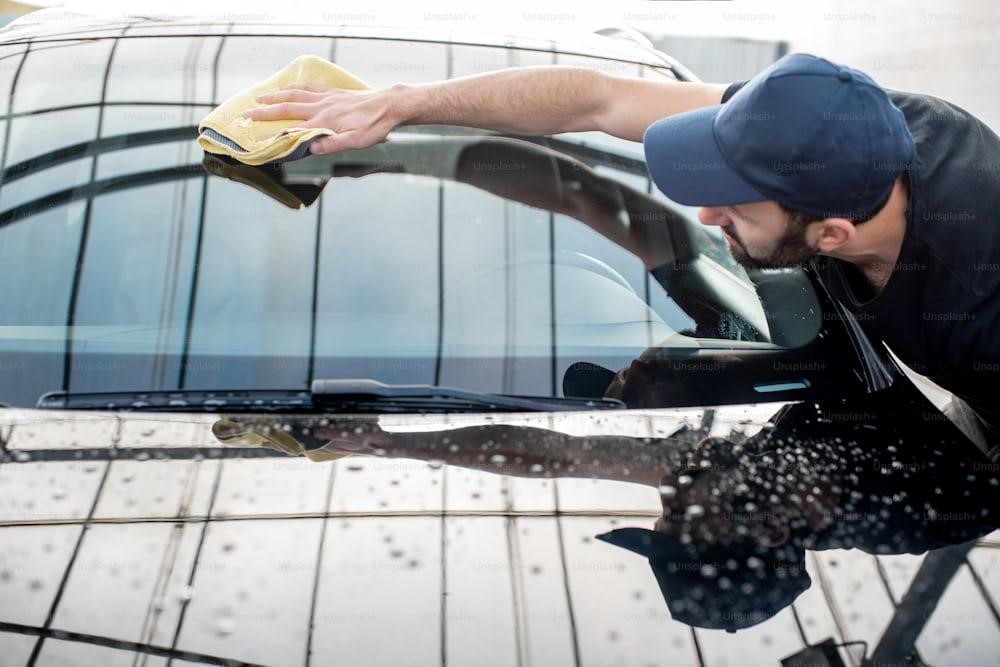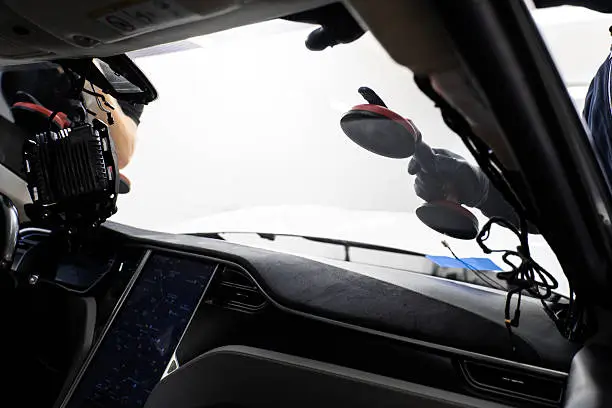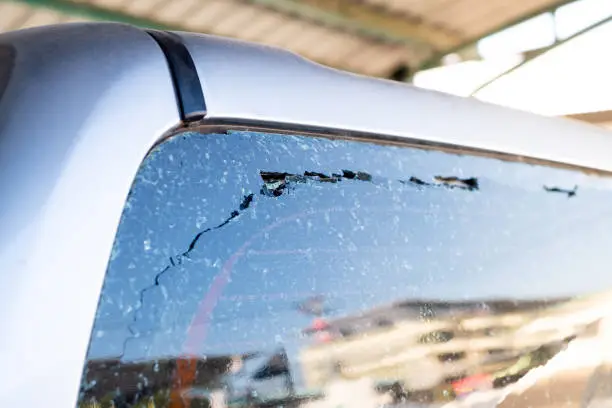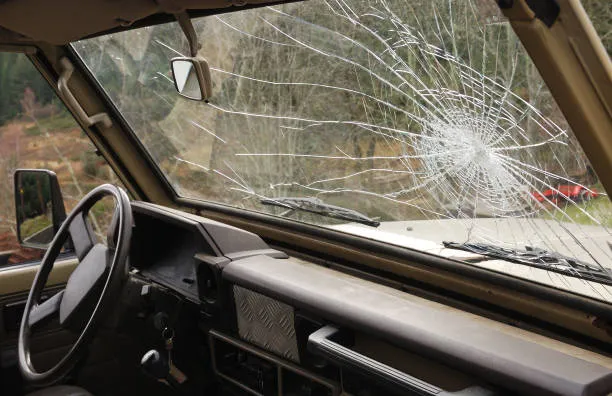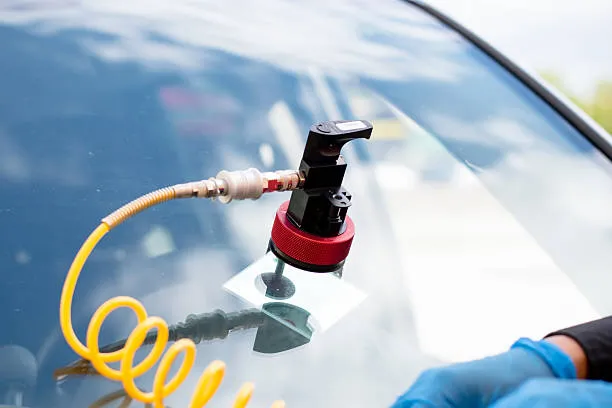Learn valuable tips for maintaining a clean and safe windshield throughout the seasons. Understand the importance of proper cleaning techniques and avoiding common damaging habits.
Maintaining a clear and safe windshield is crucial for driving safety. It ensures optimal visibility, which is vital for preventing accidents. This guide will provide you with practical tips to keep your windshield in excellent condition throughout the year. From proper cleaning techniques to handling various weather conditions and preventing damage, we cover everything you need to know to maintain a safe and clear windshield.
Table of Contents
ToggleImportance of a Clear and Safe Windshield
A clear windshield provides unobstructed visibility, allowing you to see the road, other vehicles, and potential hazards. It also contributes to the structural integrity of your vehicle, particularly in the event of a rollover accident. A compromised windshield can impair airbag deployment and increase the risk of injury. Thus, you should maintain a clear windshield for your safety.
Proper Cleaning Techniques
Regular cleaning is key to keeping your windshield clear. However, it’s important to use the right techniques to avoid damage:
- Choose the Right Cleaner: Use a glass cleaner specifically designed for automotive windshields. Avoid using household cleaners as they may contain ammonia, which can damage the glass and tint.
- Use a Microfiber Cloth: Microfiber cloths are ideal for cleaning windshields because they are gentle on the glass and effectively remove dirt and grime without leaving streaks.
- Clean Inside and Out: Don’t forget to clean the interior side of your windshield. Dust, smoke, and other residues can accumulate inside, reducing visibility.
- Circular Motion: Clean in a circular motion to ensure that all areas are covered and any stubborn spots are thoroughly addressed.
Dealing with Rain
Rain can significantly impact your visibility. Here are some tips to manage your windshield during rainy weather:
- Replace Wiper Blades Regularly: Worn-out wiper blades can smear water across your windshield, reducing visibility. Replace them at least once a year, or more frequently if you notice streaking or skipping.
- Use Rain Repellent: Applying a rain repellent product can help water bead up and roll off your windshield, improving visibility during heavy rain.
- Check Washer Fluid: Ensure your windshield washer fluid is topped up and consider using a formula designed for rainy conditions.
Handling Snow and Ice
Winter conditions can be harsh on your windshield. Here’s how to handle snow and ice effectively:
- Use a Proper Ice Scraper: Invest in a good quality ice scraper and avoid using metal objects, which can scratch your windshield.
- Defrost Before Scraping: Turn on your vehicle’s defroster to help melt ice and snow before you start scraping.
- Lift Wiper Blades: Lift your wiper blades when parking in snowy conditions to prevent them from freezing to the windshield.
Managing Extreme Temperatures
Extreme temperatures can cause stress on your windshield. Follow these windshield maintenance tips to protect it:
- Avoid Rapid Temperature Changes: Rapid changes in temperature can cause your windshield to crack. In winter, avoid pouring hot water on an icy windshield. In summer, use a sunshade to keep the interior cooler.
- Park in the Shade: Whenever possible, park your car in the shade to avoid direct sunlight, which can heat the windshield and create stress points.
- Use Proper Deicing Solutions: Use windshield deicing solutions rather than hot water to clear ice, as these are designed to work safely with glass.
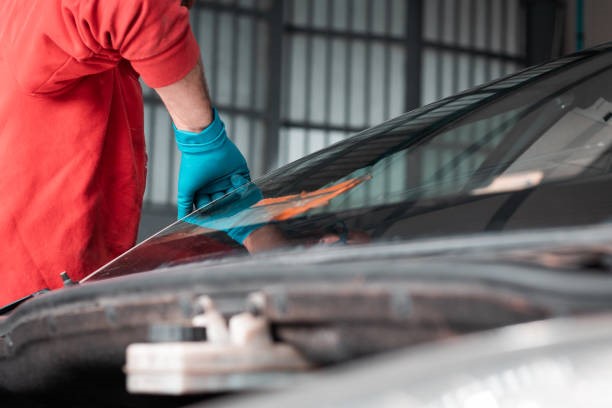
Preventing Scratches and Chips
Preventing scratches and chips is essential for maintaining a clear and safe windshield. Here’s how:
- Maintain a Safe Following Distance: Keep a safe distance from other vehicles, particularly trucks, to prevent debris from potentially hitting your windshield.
- Avoid Gravel Roads: If possible, avoid driving on gravel roads where loose stones can be thrown up and cause chips or cracks.
- Repair Chips Promptly: Small chips can quickly turn into large cracks. Repair any chips as soon as they occur to prevent them from spreading.
- Replace Damaged Wipers: Worn wiper blades can cause scratches. Replace them regularly to prevent damage.
Windshield Maintenance Myths Debunked
There are many myths about windshield repair and maintenance that can lead to improper care. Let’s debunk some of them:
- Myth: Small Chips Don’t Need Repair: Even small chips can spread and compromise your windshield’s integrity. Always repair chips as soon as possible.
- Myth: Household Cleaners Are Fine: Household cleaners often contain ammonia, which can damage your windshield’s glass and tint. Always use automotive-specific cleaners.
- Myth: Hot Water Can Quickly Defrost Your Windshield: Pouring hot water on a frozen windshield can cause it to crack due to rapid temperature change. Use proper deicing methods instead.
- Myth: Windshield Damage is Only a Cosmetic Issue: Cracks and chips can weaken the windshield and compromise vehicle safety, especially in an accident
Conclusion
Maintaining a clear and safe windshield is essential for your driving safety. By following these tips, you can ensure that your windshield remains in excellent condition all year round, providing you with optimal visibility and protection. Regular cleaning, proper handling of various weather conditions, and preventing damage are all crucial steps in maintaining your windshield.
Does your windshield exhibit signs of wear and tear? Don’t wait until it’s too late. Visit us today for professional windshield repair and replacement services. Our expert technicians are here to ensure your windshield is safe and clear, giving you peace of mind on the road. Keep your windshield in top condition all year round.
